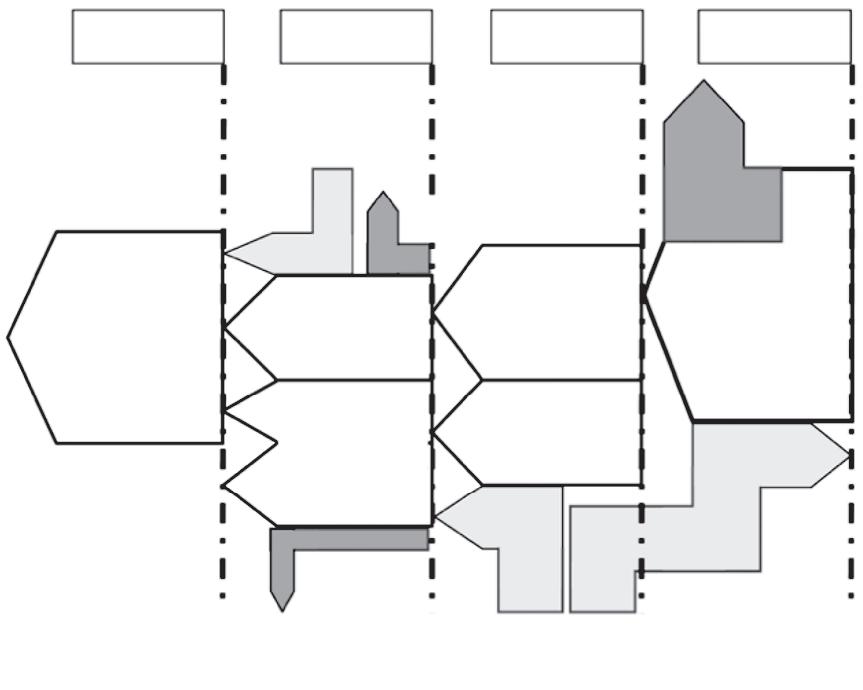
2 minute read
9 Conclusions
The documents, data and analyses that have been reviewed by EASAC during the preparation of this report have highlighted the importance of creating a good indoor environment in new and renovated buildings because of its potential impacts on the health and well-being of building users, and its resulting role in motivating investments in building renovations. They have also shown that, for buildings to make a fair contribution to the Paris Agreement commitments and thereby help to limit the increase in global average temperature to 1.5 or 2 °C above pre-industrial levels, their cumulative GHG emissions must be substantially reduced by 2030, which will be a very big challenge.
Reductions must be made in the energy needs of buildings, so that these can be supplied at affordable costs by energy sources that produce very low GHG emissions, such as renewable energies. Reductions must also be made in the embodied GHG emissions in the materials, components and processes used for the construction of new buildings and the renovation of existing ones. Both types of emission reduction must be accelerated and continue for the long term.
Advertisement
The proposed EU Renovation Wave will have a key role to play in delivering these GHG emission reductions, but will require the building industry to make changes to its ways of working. The energy supply industries will have to replace their existing fuel supply chains with decarbonised alternatives, and the financial institutions will need to offer targeted long-term products with low interest rates for building renovations. In addition, national, regional and local authorities must take more active roles in triggering deep building renovations, working with the energy industries to phase out the use of fossil fuels and accelerate the introduction of new decarbonised energy supplies, informing the many different stakeholders, and supporting the delivery of sustainable decarbonised solutions. At Member State level, there is a need for more ambitious long-term national building renovation strategies because building codes and regulations remain in the hands of Member States, and they must address the changing climates and traditions of the construction sectors in their countries. These strategies should include making improvements to the spatial efficiency with which buildings are used (for example through multifunctionality), and reducing the numbers of buildings that remain vacant for very long periods.
At EU level, substantial revisions to the current EU legislative and policy framework are needed to strengthen obligations and facilitate the required reductions in GHG emissions. These revisions should be made in cooperation with the key stakeholders, including the building and energy industries, financial institutions, national, regional and local authorities, and civil society, to build confidence and trust among investors and decision-makers at EU, national and local levels.
Policy-makers and decision-makers at all levels who are responsible for or involved in decarbonising the building sector should reinforce policies that recognise building renovations and decarbonised energy supplies are complementary. Both are urgently needed to deliver the EU’s 2050 carbon neutrality target, and the building sector must operate with the transport and industry sectors in an integrated energy system. There is no unique optimal ‘silver bullet’ solution for prioritising between investments in building renovations and in the provision of decarbonised energy supplies. So policy and investment decisions aiming to decarbonise buildings must be taken on a case-by-case basis for the foreseeable future.




